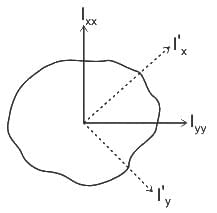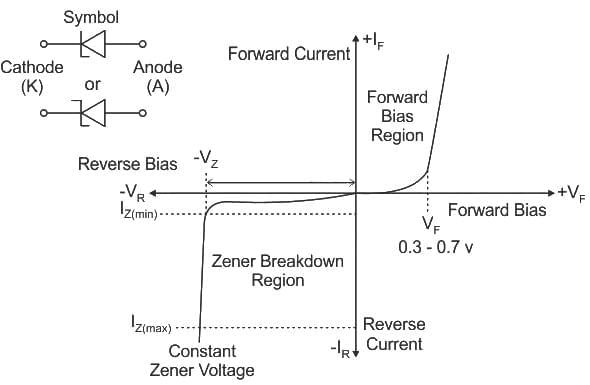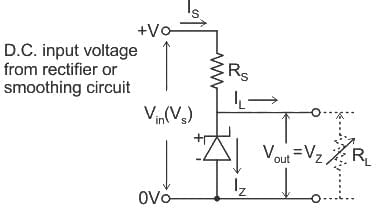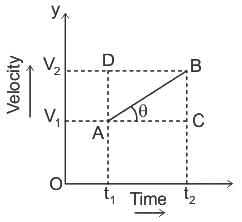MPTET Varg 1 Physics Mock Test - 1 - MPTET MCQ
30 Questions MCQ Test - MPTET Varg 1 Physics Mock Test - 1
Directions: Select the synonym to the underlined word and mark your response accordingly.
He had a relentless determination to finish his assignment.
He had a relentless determination to finish his assignment.
The correct passive voice of the following sentence will be:
Let him sing a song.
In which of the following city the first bone bank of Madhya Pradesh being set up?
The tendency of forces is not only to move a body but also to rotate the body is called:
Bloom’s taxonomy is a hierarchical organization of:
An alternating voltage source of variable angular frequency ‘w’ and fixed amplitude. ‘V’ is connected in series with a capacitance C and electric bulb of resistance R (inductance zero). When ‘w’ is increased-
If three balls are dropped simultaneously from the top of a tower, then the acceleration of the centre of mass of the three balls during the motion:
 m/s. Here '
m/s. Here ' ' is along the horizontal direction and '
' is along the horizontal direction and ' ' is assumed in vertical direction. The equation of the trajectory is - (Take g = 10 m/s2)
' is assumed in vertical direction. The equation of the trajectory is - (Take g = 10 m/s2)
Find the acceleration of 3 kg mass when acceleration of 2 kg mass is 2 m/s2 as shown in figure. (spring is ideal)

What is the height at which acceleration due to gravity becomes 1/16th the acceleration due to gravity on the surface of the earth in terms of R, radius of the earth?
Consider a small block sliding down an inclined plane of inclination 30° with the horizontal. The coefficient of friction is  , where x is the distance (in meter) through which the mass slides down. The distance covered by the mass before it stops is
, where x is the distance (in meter) through which the mass slides down. The distance covered by the mass before it stops is
The expression for Bernoulli’s equation is given by-
An object is in equilibrium when four concurrent forces acting in the same plane, are in the directions shown in the figure. Find the magnitudes of F1 and F2.
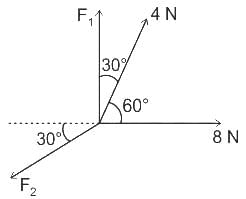
Which one of the following theorem is used to calculate the moment of inertia of three dimensional rigid body?
What does the slope of a velocity-time graph reveal?



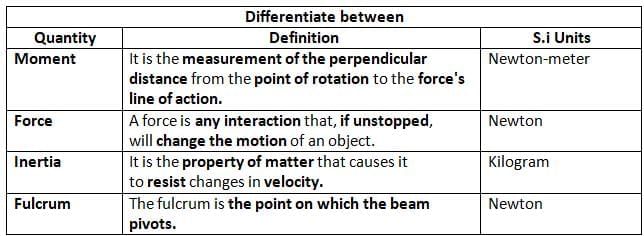


 = 4T --- (1)
= 4T --- (1) --- (2)
--- (2)
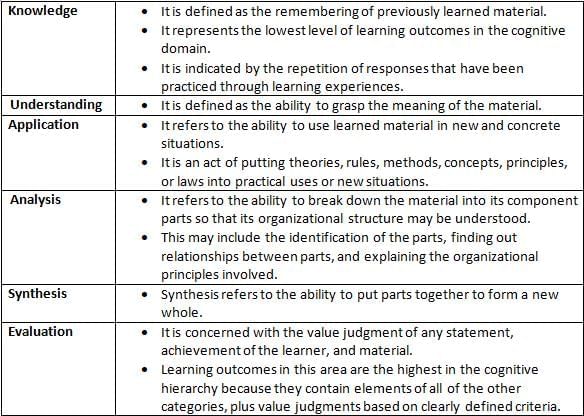



















 ------(1)
------(1) ------(2)
------(2)


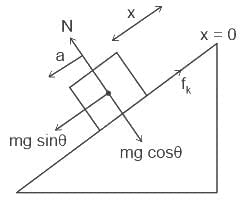
 ..............(1)
..............(1) ; using (1)
; using (1) ; cancelling m from both sides & writing
; cancelling m from both sides & writing  , we get
, we get
 , since final velocity is also zero, then
, since final velocity is also zero, then






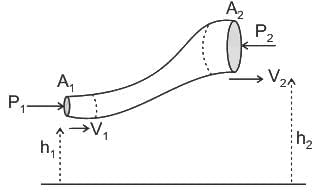

 where
where , where m = number of orders, a = slit width, λ = wavelength of the light
, where m = number of orders, a = slit width, λ = wavelength of the light

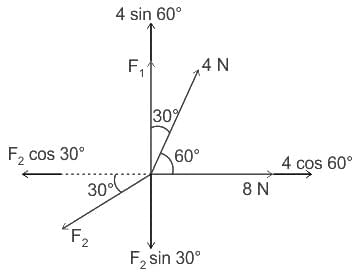



 , putting F2 from above, we get
, putting F2 from above, we get






 = 225 Hz,
= 225 Hz,  = 250 Hz, t = 20 sec, vo = 0 m/sec and v = 340 m/sec
= 250 Hz, t = 20 sec, vo = 0 m/sec and v = 340 m/sec -----(1)
-----(1)



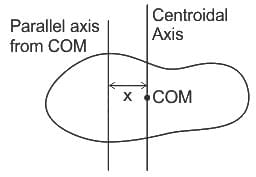
 and I are the respective moments of inertia about them then, these two are related by,
and I are the respective moments of inertia about them then, these two are related by,
